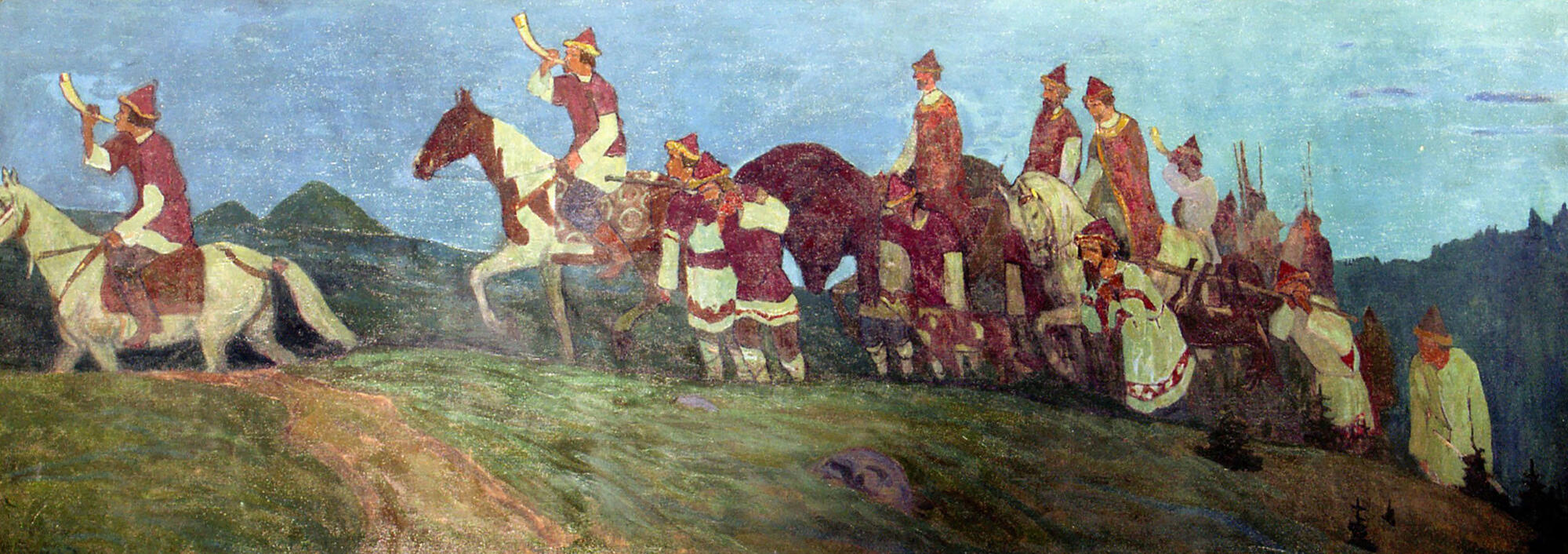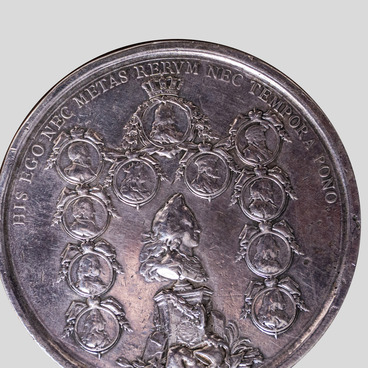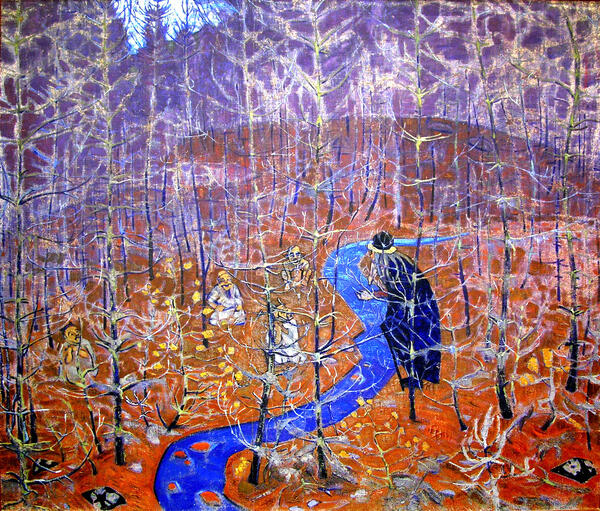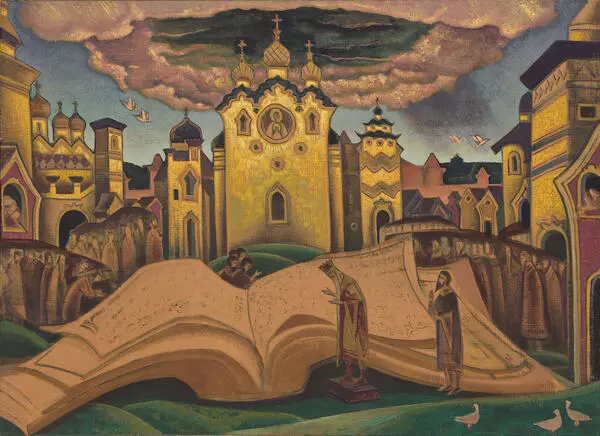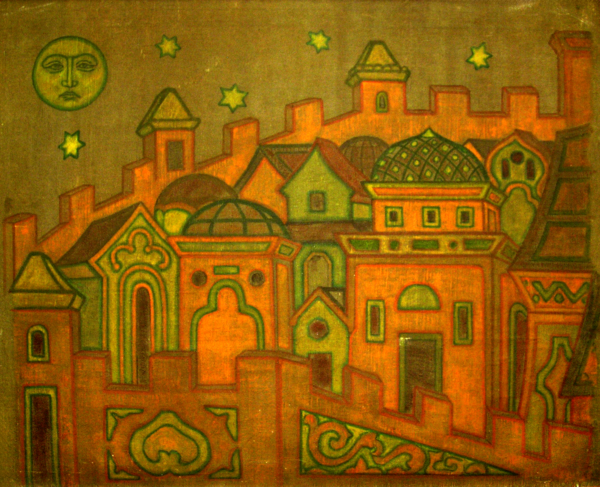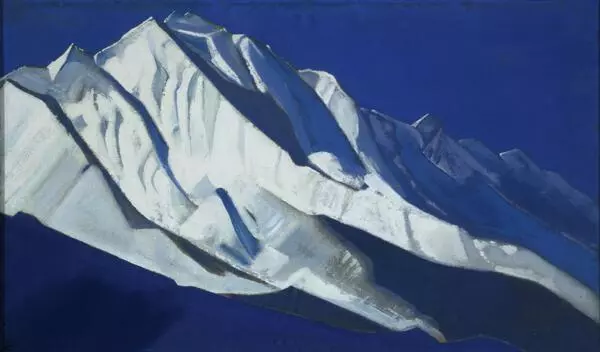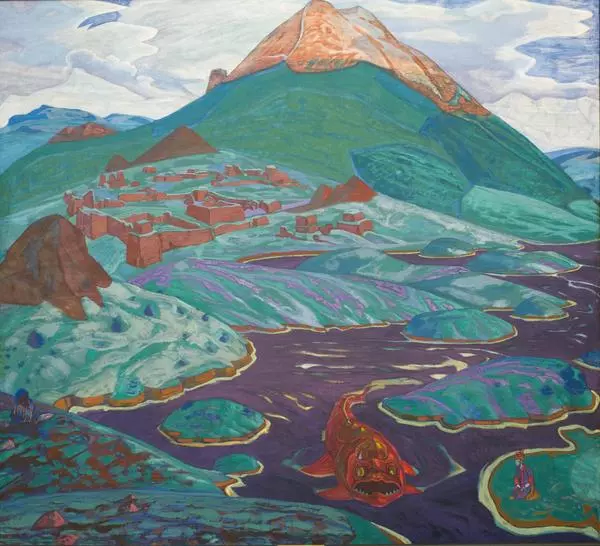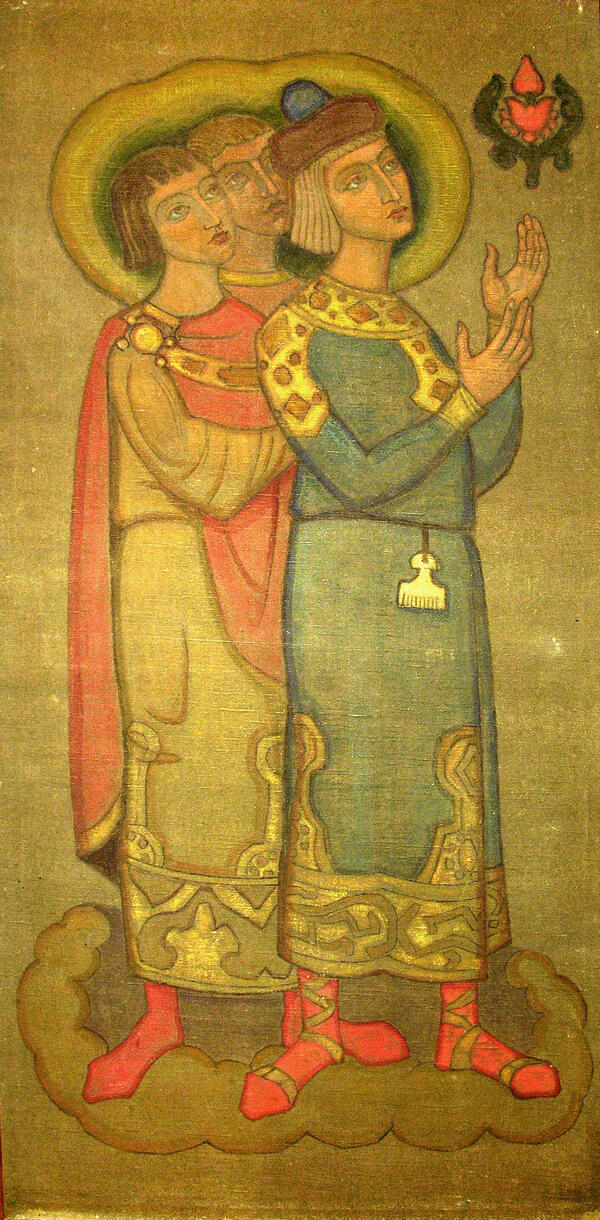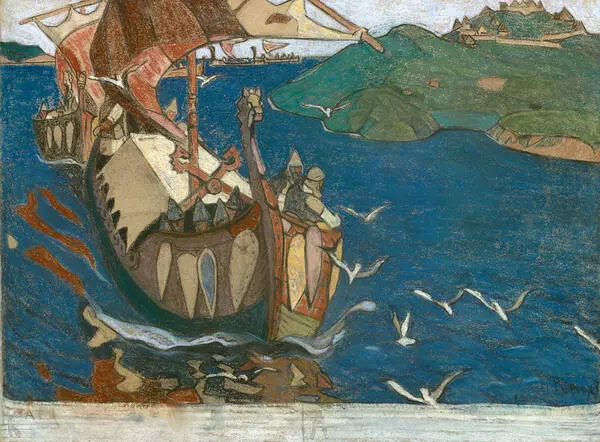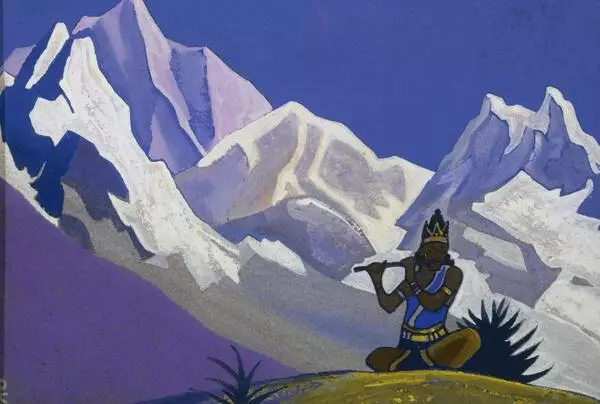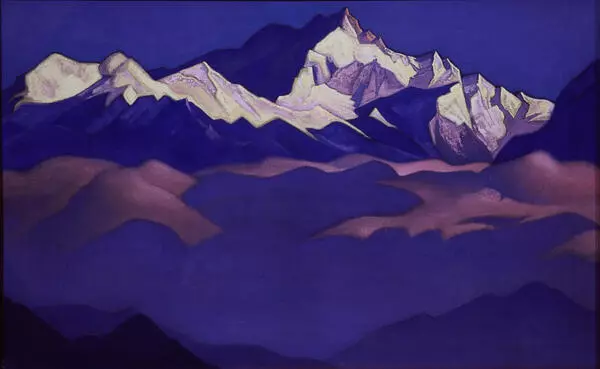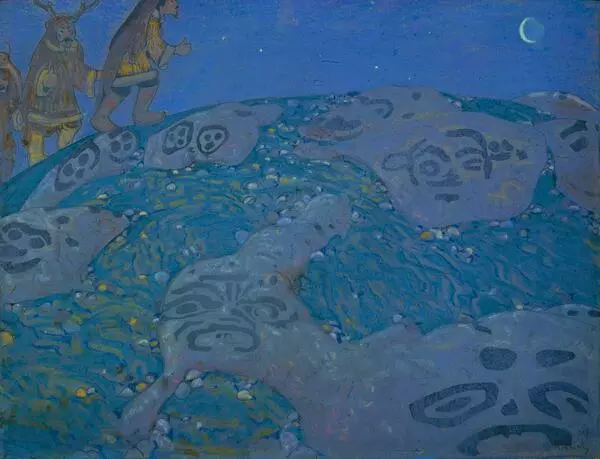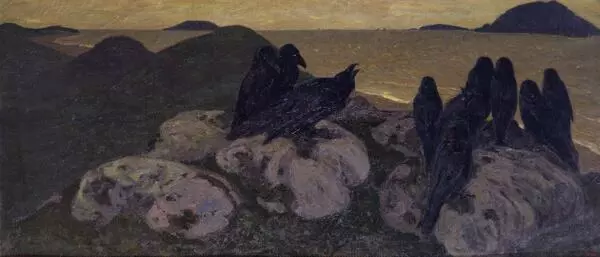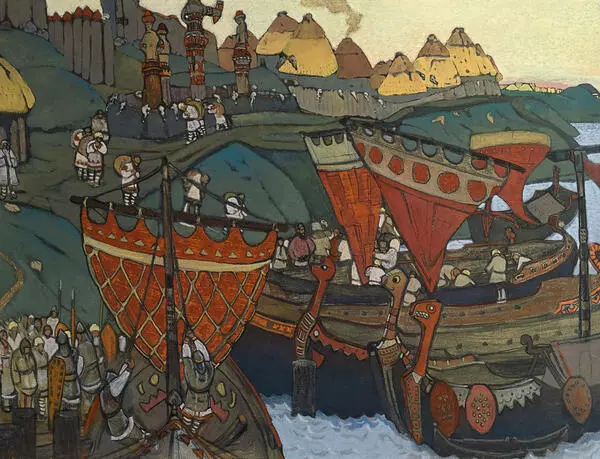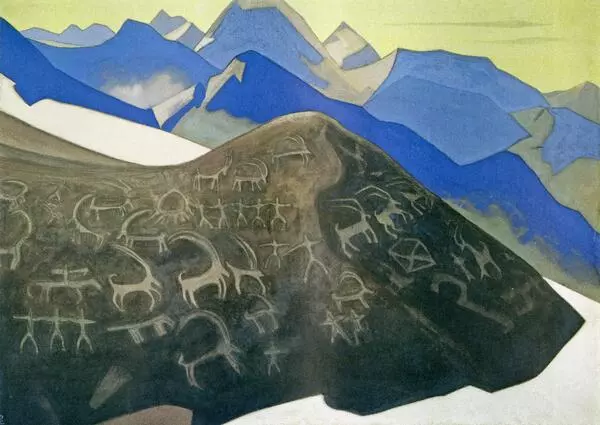Nikolay Rerikh began to develop sketches for two panels “The Prince”s Hunt” when he was in Paris. His mentor, realist painter Fernand-Anne Piestre Cormon, supported Rerikh’s interest in the history of Russia. He used to say: ‘You have so many beautiful and characteristic things in Russia, and it is your duty, the duty of Russian artists, to feel and preserve them’.
In 1901, Rerikh returned to Russia and completed the ‘Morning of the Prince”s Hunt’ and The ‘Evening of the Prince’s Hunt’. Those two panels participated in the 1902 Spring Exhibition at the Academy of Arts. They were acquired by Princess Olga of Oldenburg, the sister of Nicholas II, who was herself an artist. Rerikh’s works decorated her Olgino estate in the Voronezh region, near the village of Ramon.
According to rumors, Nikolay Rerikh wanted to buy the ‘Prince’s Hunt’ from the Oldenburg family when he was preparing for one of his personal exhibitions. However, the new owners of the paintings refused to sell them. Until 1919, both panels were in the Olgino estate. Then they were transferred to the Voronezh Museum of Local Lore, and from there they got to the Museum named under I.N. Kramskoy.
The “Evening of the Prince”s Hunt” is one of two paired panels. The artist depicted the moment when the hunt — “catching” in the Old Russian language — had already ended and its participants were returning to the camp. Dogs were being led on the heels, horses drooped with fatigue. Prey was being carried on poles. The riders were talking with their heads slightly bowed. The artist deliberately did not paint their faces, details of clothing and equipment, so that all this would not distract the viewer from the overall composition.
The diptych “Prince”s Hunt” was included in Nikolay Rerikh’s ‘Slavic Cycle’. All paintings in that series are characterized by decorativeness and some kind of ornamental generalization, which allows focusing on the holistic perception of the canvas. In those works, the artist used a muted color scheme. The both panels became widely known to the Russian and Western public through reproductions in publications of the early 20th century. Moreover, the panel ‘Morning of the Prince”s Hunt’ was printed much more often-sometimes under the simple title ‘The Hunt’, but the second panel, the ‘Evening’, was published only twice.
